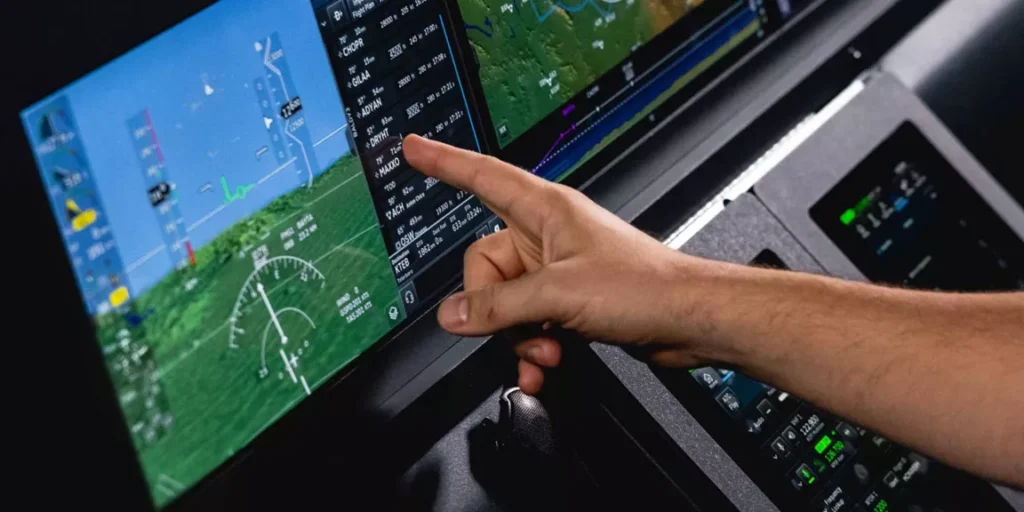Global Avionics Round-Up from Aircraft Value News (AVN)

Honeywell Aerospace’s Anthem avionics system is redefining the boundaries of cockpit technology. Launched in 2024, Anthem is the first cloud-connected avionics platform designed to integrate seamlessly with both current and future aviation ecosystems.
This groundbreaking system combines advanced AI with connectivity, offering pilots a tailored, intuitive interface that reduces workload and increases situational awareness.
Anthem’s predictive maintenance tools, powered by AI, allow operators to preemptively address potential mechanical issues, saving both time and money. Anthem’s real-time weather updates and automated flight optimization features contribute to significant fuel savings, a critical factor as the industry moves toward greener operations.
Impact on Base Values and Lease Rates
The Anthem system has already begun to influence aircraft values. Aircraft equipped with Anthem are seen as more desirable by lessors and operators due to its fuel-saving capabilities and reduced maintenance costs.
Analysts predict that aircraft with the Anthem system could command a 5% to 10% premium in base values over their competitors. Lease rates for these aircraft have similarly seen an uptick, with many operators willing to pay higher rates for the operational savings Anthem delivers.
The AI Revolution in the Cockpit
AI is revolutionizing the aviation industry by transforming the cockpit in several groundbreaking ways, enhancing safety, efficiency, and functionality for pilots and airlines alike. Here are the key areas where AI is making an impact.
AI systems process vast amounts of real-time flight data to assist pilots in making better decisions. AI predicts potential issues like weather disturbances, mechanical failures, or air traffic congestion. AI also analyzes routes for fuel efficiency and reduced travel time, minimizing operational costs.
While fully autonomous flights are still in the testing phase, AI-powered systems already handle aspects of automation in the cockpit.
AI enables more precise control and adapts to complex scenarios, such as dynamic weather changes. AI is paving the way for Single Pilot Operations (SPO), where a single pilot is supported by advanced AI co-pilot systems that perform tasks traditionally managed by a second human pilot.
Moreover, AI enhances cockpit displays and controls, making them more intuitive and less cluttered. Pilots can interact with AI systems using voice commands, reducing the workload during critical operations. AI-powered augmented reality (AR) overlays critical flight data on cockpit displays or pilot visors, improving situational awareness.
This article also appears in our partner publication Aircraft Value News.
John Persinos is the editor-in-chief of Aircraft Value News. You can reach John at: jpersinos@accessintel.com